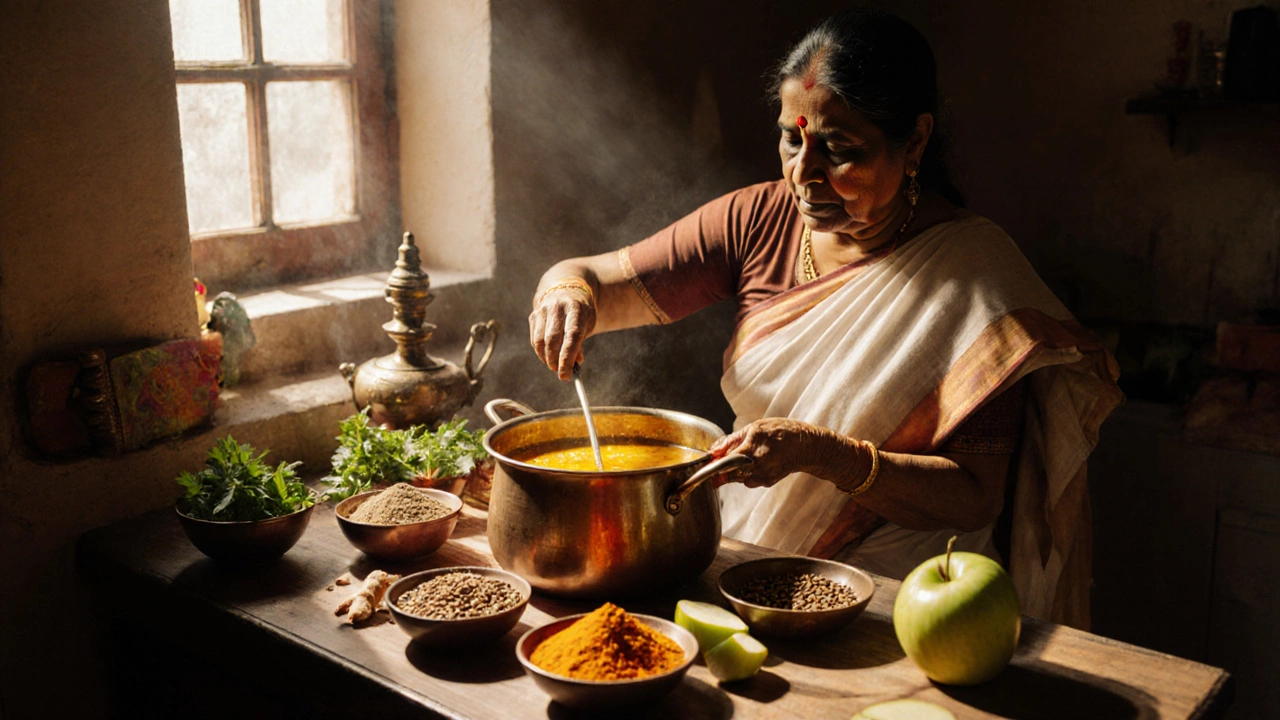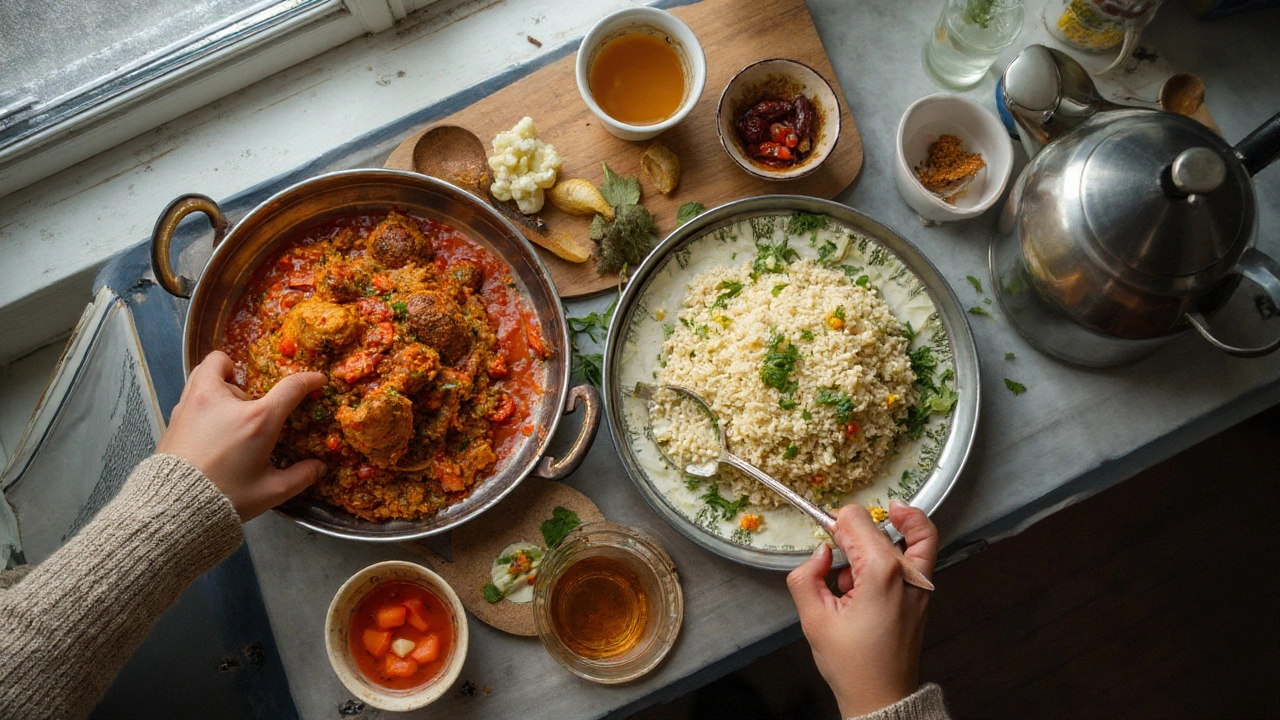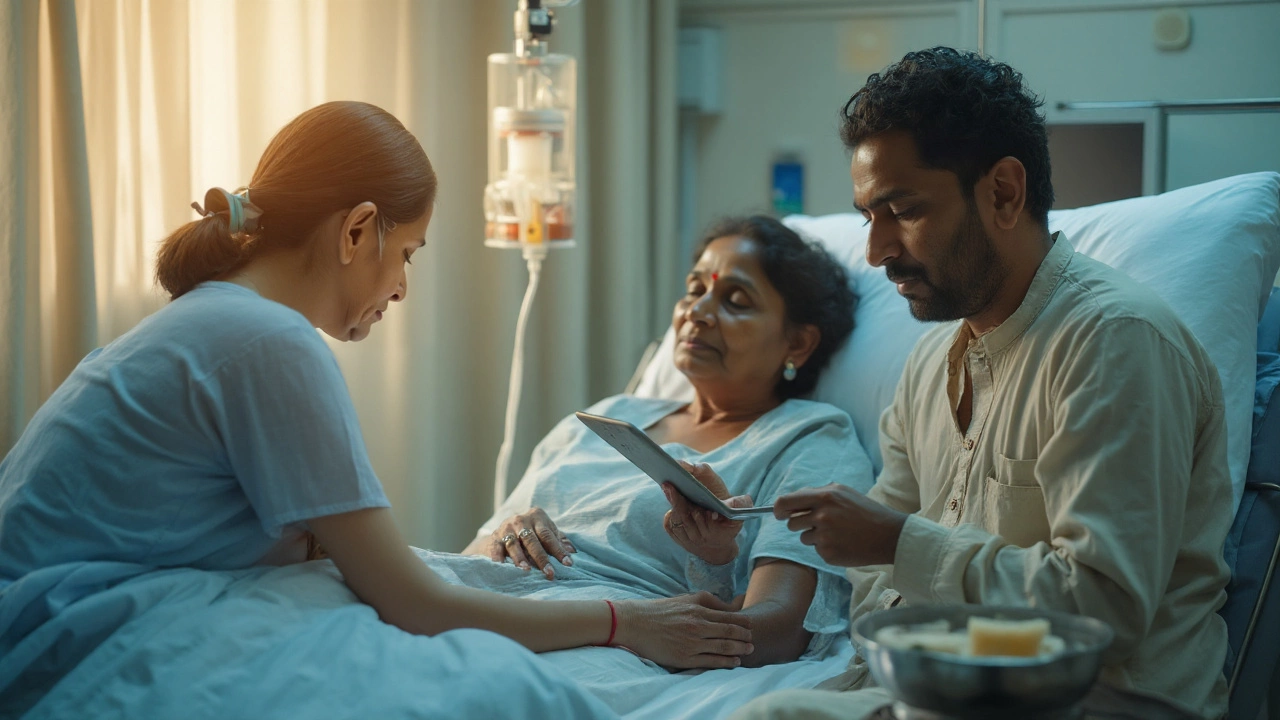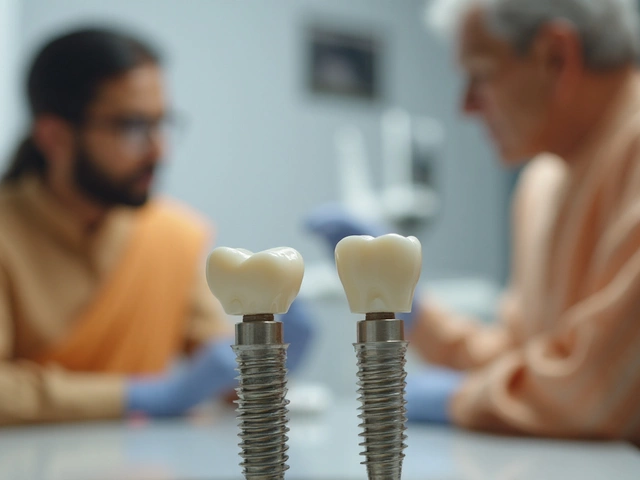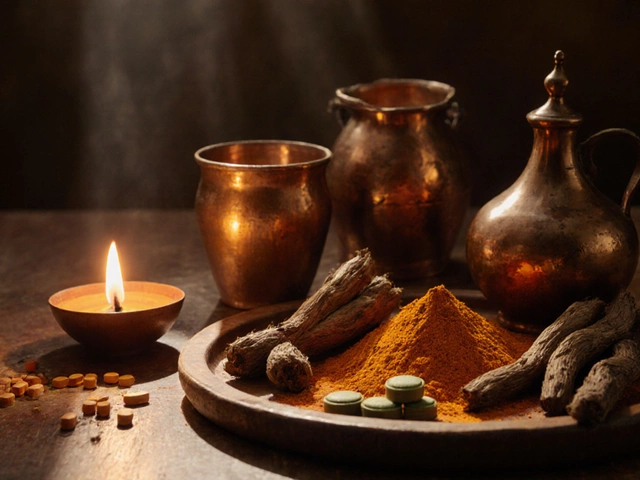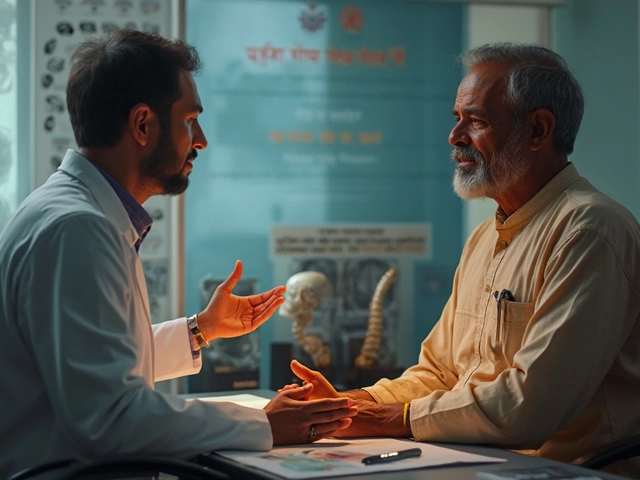Explore how Ayurveda tackles weight loss, the role of doshas, diet, herbs, and lifestyle tweaks, plus evidence and practical tips for real results.
Read MoreSeptember 2025 Archive: Ayurvedic Weight Loss, Anxiety‑Triggering Herbs, Inflammatory Foods & Bone Surgery Pain
Welcome to the September 2025 roundup from Pain‑Free Living India. This month we dug into four topics that many of you have asked about – how Ayurveda can help you lose weight, which herbs might actually raise your anxiety, what foods stir up inflammation according to Ayurvedic principles, and what to expect for pain after bone surgery.
Ayurvedic Weight Loss: Dosha‑Based Diet and Herbs
If you’ve tried calorie counting and still feel stuck, Ayurveda offers a different angle. By figuring out your dominant dosha – Vata, Pitta or Kapha – you can pick foods that boost metabolism without stressing the body. For example, Kapha types benefit from light, spicy meals like ginger tea and steamed greens, while Vata cures work best with warm, grounding foods such as cooked oats and ghee. Herbs such as trikatu (black pepper, long pepper, ginger) and guggul can gently fire up metabolism. The article walks you through a simple three‑day meal plan and shows how to adjust it for your season and lifestyle.
Herbs That May Trigger Anxiety
Not every natural remedy relaxes you. Our research‑based list flags herbs like yohimbe, high‑dose ginseng, and even St. John’s wort when combined with certain antidepressants as potential anxiety boosters. The piece explains why these plants can overstimulate the nervous system – often due to caffeine‑like compounds or hormone effects. It also points you to safer alternatives such as chamomile, lemon balm, and ashwagandha, which have calming properties backed by studies.
Next up, we tackled inflammation from an Ayurvedic perspective. The guide lists classic “heat” foods – tomatoes, coffee, fried snacks – that can aggravate Pitta, and “dry” foods – crackers, popcorn – that may unbalance Vata. Swaps are straightforward: replace tomato‑based sauces with coconut‑based ones, swap coffee for herbal tea, and choose soaked nuts over salty chips. Each recommendation includes a quick Indian market tip, so you can find the replacements without a hassle.
Finally, for anyone facing bone surgery, we laid out what the pain journey looks like in 2025. Pain after orthopedic procedures usually peaks in the first 48 hours and tapers off over two weeks if you follow a multimodal plan. That plan mixes short‑acting opioids, NSAIDs, regional blocks, and non‑pharmacologic tools like cold packs and gentle physiotherapy. The article also shares a realistic timeline for returning to daily activities and highlights red‑flag signs that need a doctor’s call.
All four posts aim to give you clear, actionable steps rather than vague advice. Whether you’re tweaking your diet, checking your supplement shelf, or planning post‑surgery recovery, the key is to start small and listen to your body. Keep checking our site for more evidence‑backed tips that fit the Indian health landscape.
Not every “natural” herb calms you. Learn which herbs can trigger anxiety, why it happens, who’s at risk, and safer alternatives-backed by credible sources.
Read MoreA clear, practical guide to inflammatory foods in Ayurveda-what stokes heat, dryness, and heaviness, with dosha-specific lists, swaps, and UK-friendly examples.
Read MoreWorried about pain after bone surgery? Here’s what it really feels like, how long it lasts, and proven ways to control it-based on 2025 UK practices and evidence.
Read More